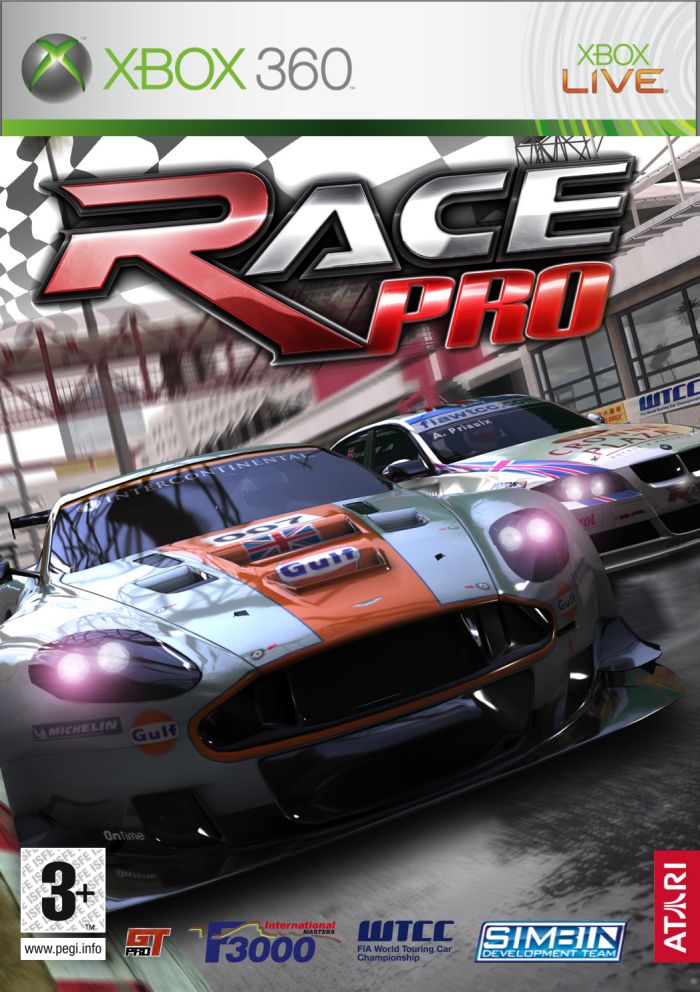 Comics and gaming are two things that would seem like they would be as successful as salt and vinegar, however it has only been recently when game developers have actually got the feel right.
Comics and gaming are two things that would seem like they would be as successful as salt and vinegar, however it has only been recently when game developers have actually got the feel right.Released in tandem with the new film, X-Men Origins: Wolverine puts the gamer in the admantium soaked bones of the Hollywood-friendly Wolverine as he seeks out his former comrades in a mission of revenge and redemption – I think. The reason for this unfaithful recollection of the plot is that despite some very well done cut scenes that effectively copy the composition of the comics the story is not what makes this game unique.
What does make this game great however are the (mostly) smooth gameplay and the sheer bloodlust generated from slicing an enemy into two before digging you claws into his buddy's face. The controls are simple enough for any gamer to pick up quickly with heavy and light attacks as well as throws and spearheaded leaps that can be put together to create some brutal combos. On top of this Wolverine can also do the token double jump and block/deflect foes’ attacks creating an all-round varied and solid fighting control scheme as well as handily having the ability of regenerative health. The more creatively you slice the cannon fodder of foes you collect what the game refers to as Rage that can be used to unleash Wolverine’s impressive Rage abilities that are unlocked as the game progresses. For example, simply slicing and dicing someone to bits will only give you one or two rage points, but if you throw them into another foe/off a cliff or even into a sharp spike, you will get a hell of a lot more. In addition to this there is a slight RPG element in the use of experience points earned for defeating foes and nabbing collectable items – such as dog tags. Aside from simple gratification levelling up grants you ability points that you can assign to boosting your health, the effectiveness of certain attacks as well as boosting the damage dealt by your shiny claws. As well as upgradeable abilities the game also includes what it calls Mutagens, these are power-ups hidden throughout the game-world that, when equipped, grant the player extra bonuses to damage resistance, extra experience from foes and extra Rage among others.
Activision, thankfully, have realised that Wolverine’s claws are really, really sharp. So when you take out an enemy they do not always simply flop to the ground in a random pre-rendered animation – they can be decapitated. In fact, so often does this happen that within the first ten minutes it soon becomes apparent with the amount of blood, flying limbs and curdling screams of pain that this game is R18. This therefore makes X-Men Origins: Wolverine one of the goriest superhero games out there today – something that will surely quench any player’s bloodlust.
It isn’t all just mindless hack and slash fun, aside from the normal cannon fodder soldiers you will have to employ some level of tactics in order to effectively take down stronger foes who range from machete-wielding African natives (oh so tastefully racist) to robots who fire lasers and missiles. The range of foes throughout the game keeps the game fresh and stops it from falling into a trap of boring hackuntilyourarmsfalloff gameplay, and then there are the bosses. There is certainly no shortage of boss fights in X-Men Origins: Wolverine, which is good because once you get past the simple ones at the beginning of the game you will come across some absurdly epic and fun matches that provide a great challenge. The most memorable of which had to be an epic fight with a Sentinel that climaxed with Wolverine skydive-chasing the mech monster through the air while avoiding its debris.
As great as the gameplay is it will feel instantly familiar to anyone who has played any of the God of War games on the PlayStation, so much so that it can detract from the X-Men comic book charm. Games’ protagonists wield a pair of really sharp things (claws versus the Blades of Chaos), both games are total gore fests warranting age restrictions and both operate on similar semi-RPG levelling and skill systems. The result of this is that despite X-Men Origins: Wolverine being arguably the best of the movie tie-ins, it largely feels like God of War in a different skin and therefore falls just short of effectively standing on its own to non-comic-loving gamers. It is because of this that brings me to the conclusion that non-X-Men-loving PS3 owners should refrain from buying this, saving it for a rental and instead buy any of the two previous God of Wars until the next comes out after more light is shed on it following E3 in June.
3.5 stars




